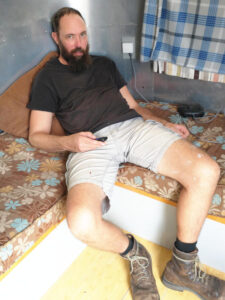
Blinded By The White v2
Water. Water. Water. When we started Boxes in Fields, it was not our intention to be obsessed with water. First it was the salt water, then it was the collection of water, now it is the collection of potable water. Two Septembers’ ago, Blinded By The White was the first step to collecting drinkable water. Up until this point all the water collected was simply for showers, gardening, etc… Water collected was not drinkable as the roof was not sealed in a potable material.
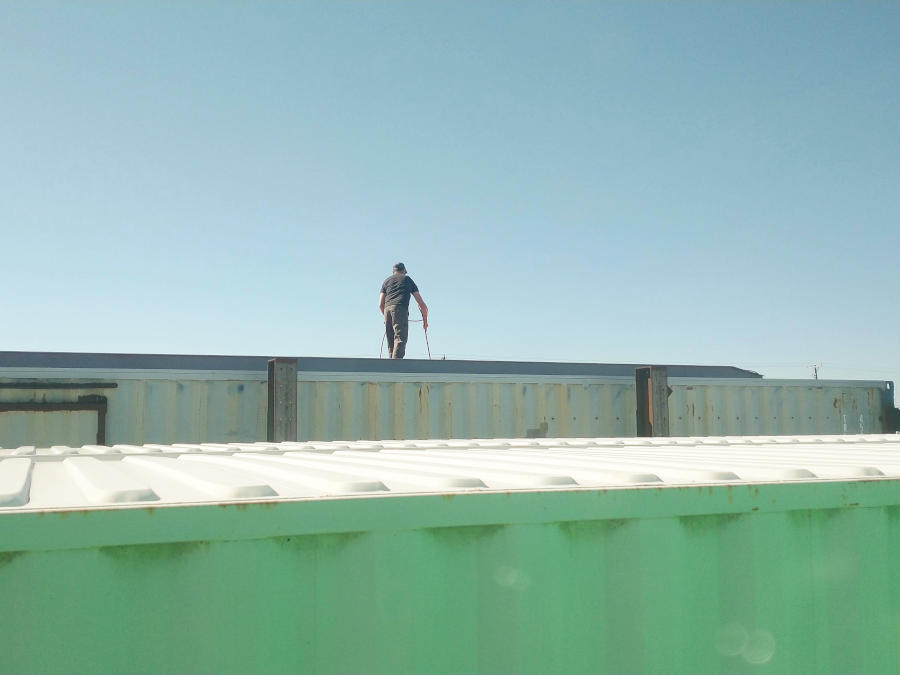
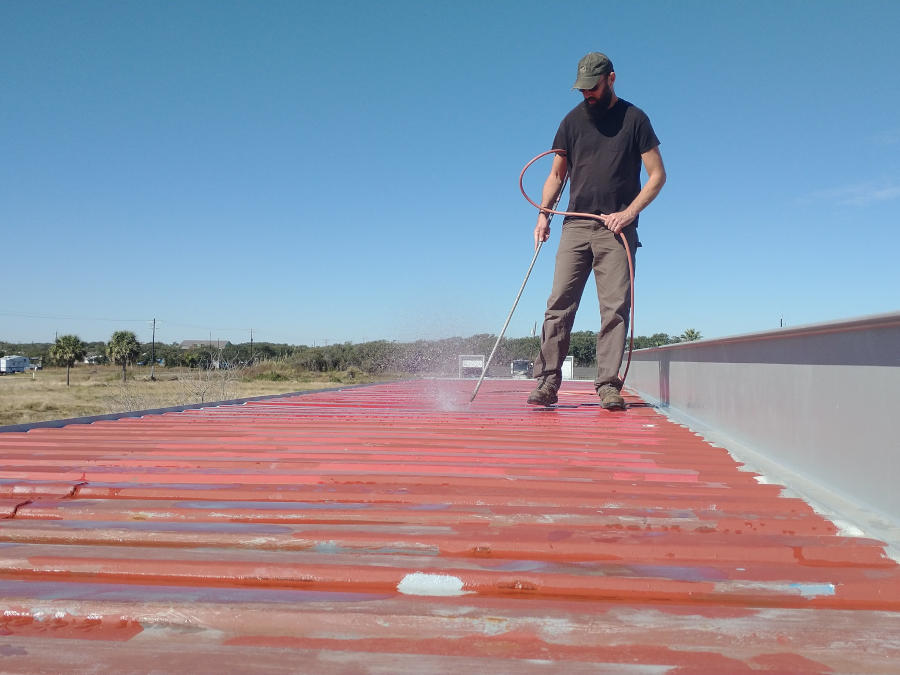
Since the collection of water started there have been several times water has been donated by the Sailor as well the Caretaker to aid in our water needs. Boxes in Fields can collect the water but it has to rain in order to achieve this measure. Last years rain collection was off the charts and had there been another one or two 3000 gallon water tank, they too would have been filled. Collecting 55 inches of rain from the Work Box nets 21000+ gallons of water. Yes, I did the math correct but you can check me with the following rain collection formula: SF(0.60)=gallons/inch of rain. Yup, 21K+ gallons of water.
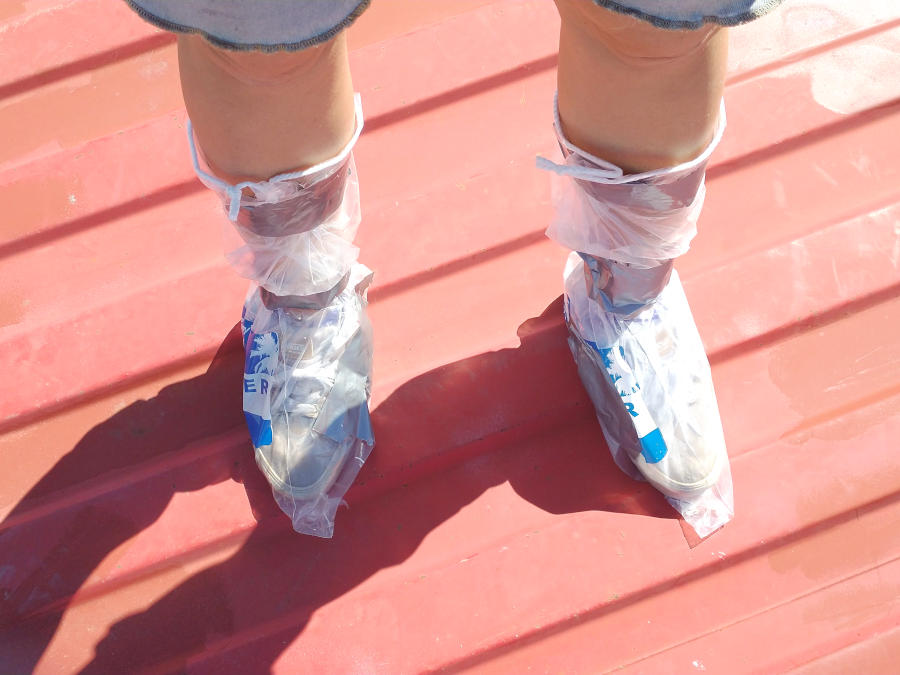

Well guess what? It may have rained 55+ inches in 2021 but this year is turning out to be dry. Here is it is the end of January and there has only been about two inches of rain collected. If Boxes in Fields is being honest in the rate of water consumed, it would be closer to 50 gallons per day than the 30 gallons the Planner thinks we use. 50gallons/day(365days/year)=18250 gallons of water needed yearly. Average yearly rain of 30 inches means the Work Box does not collect enough water to sustain our water usage. This means the Planner really needs to get the Shop Box water collection completed in case 2022 turns out to be another dry year.
Shop Box Water Collection Part One consisted of installing two PVC downspouts connecting to 2″ PVC pipes on the east wall and one 4×4 water trough connecting to one 2″ PVC pipe on the west wall were installed way back in October. Since then, nothing has been done in the SBWC as the next step involved roof coating and roof coating could not be applied until all roof weldings for lights and outlets were completed. With all foreseeable roof welding done, the SBWC project can continue with the actual roof coating itself.
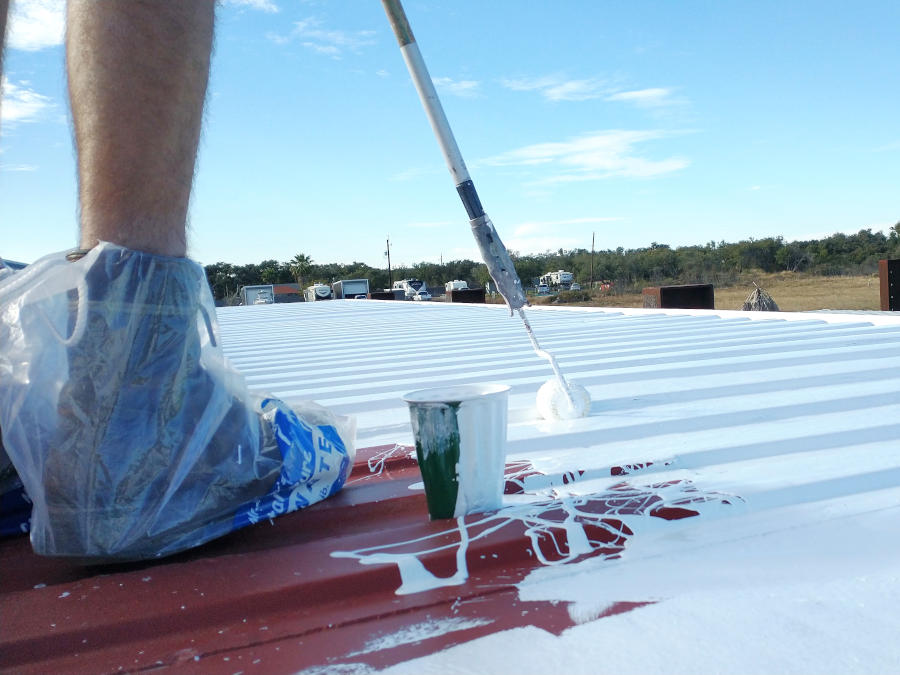
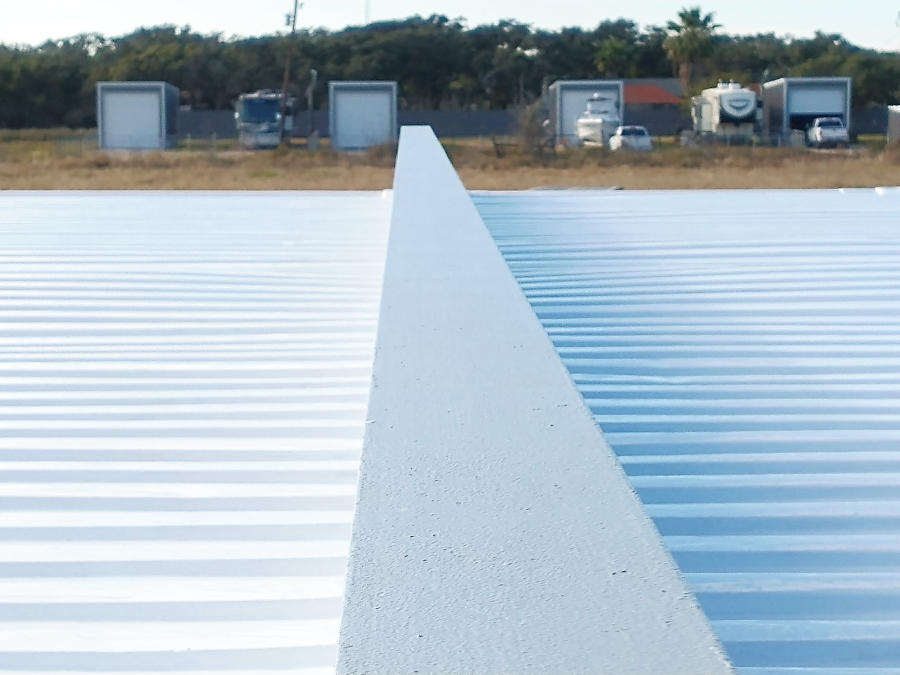
Yesterday while I gathered up supplies, the Planner stood on the roof with the air compressor line attempting to spray off the morning dew. This time of the year, morning dew is so thick and heavy is can last for hours in a puddle before evaporating. Once the roof was dry, our feet were insulated against the coating with repurposed ice bags and the first cup full of coating was poured. With south winds gently blowing, we started on the west end and worked back towards to the east. This also allowed for the Planner to fully coat the water through with ease as he had to kneel to ensure all sides were coated while not allowing for puddles to form. Three inch rollers, two inch chip brushes, and latex covered fingers were used in order to reach all corners correctly.
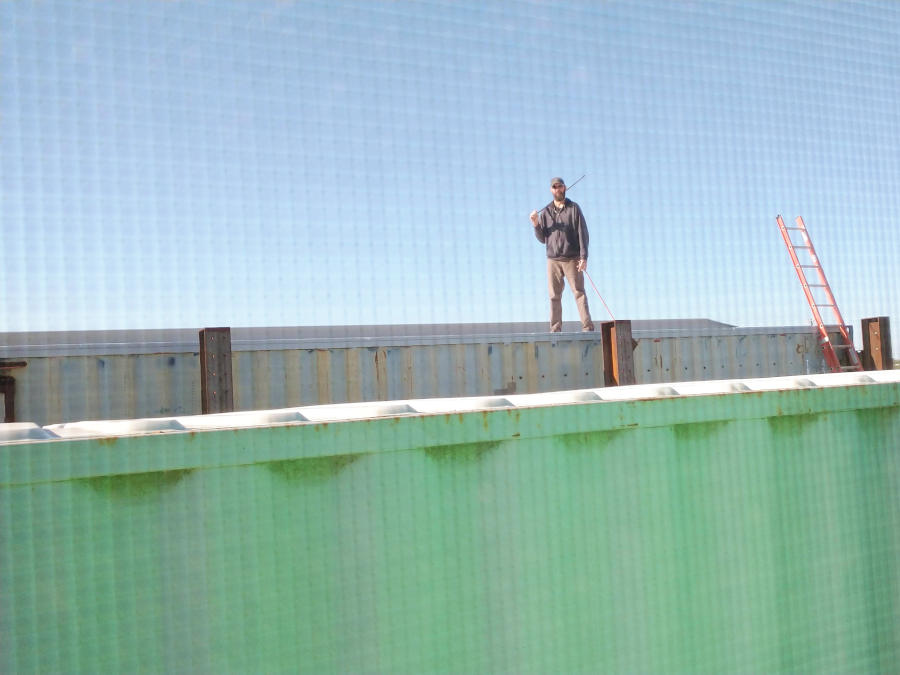
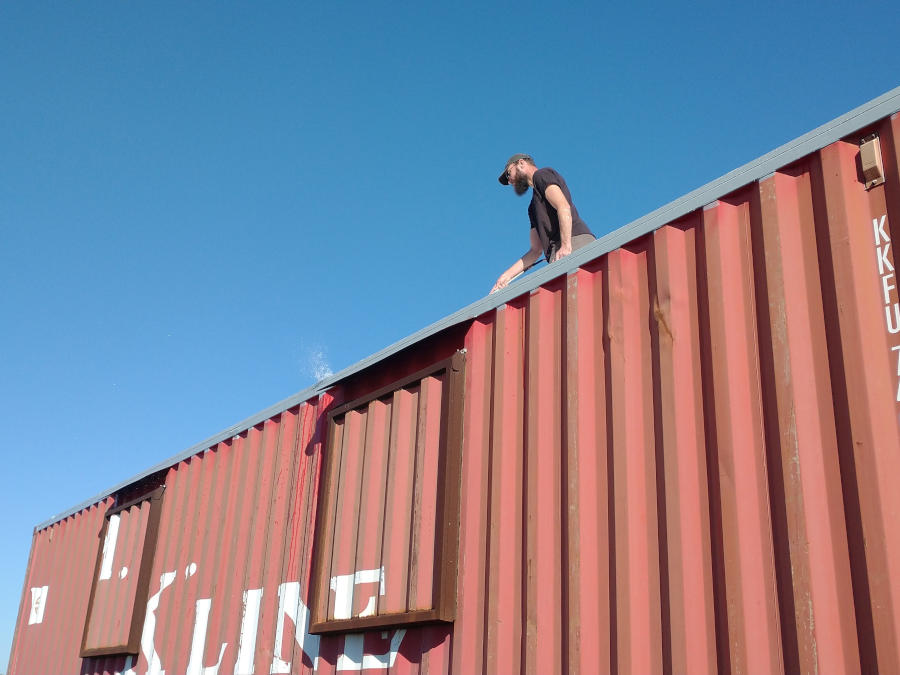
According to the Henry’s material specifications, the 640sf roof should require three 4.75 gallon buckets. Saturday, just over one and half buckets were applied as evenly as possible. Sunday after another hour blowing off the morning dew, the remaining gallon and half were applied. This coating is slippery as snot when applied. Add water and the roof becomes a slip and slide. Sundays’ work is most stressful as one needs to walk to ensure no twisting of the heel, the bucket must be picked up and placed back down without snagging the coating creating a tear, and then one has to be cautious of their plastic coated feet on plastic roofing especially when having to work in the last corner by the ladder. WATCH. YOUR. STEP.
With bottom of second bucket draining into the third bucket, the Planner took a moment to chill. Roof coating is stressful work. Stage two is now complete. BSWC stage three will be the connection under the box to the 150 gallon water totes.

